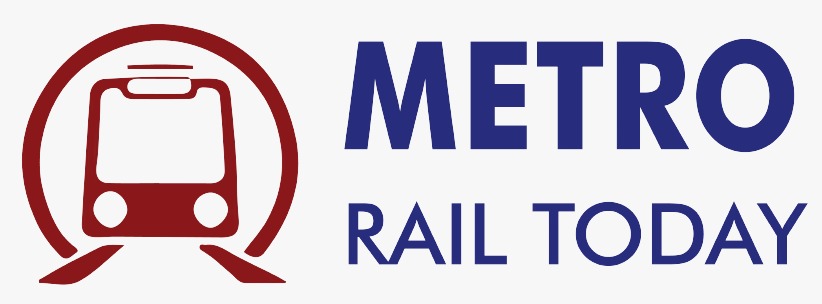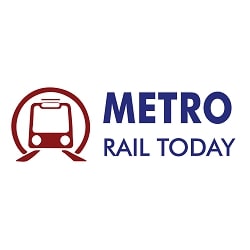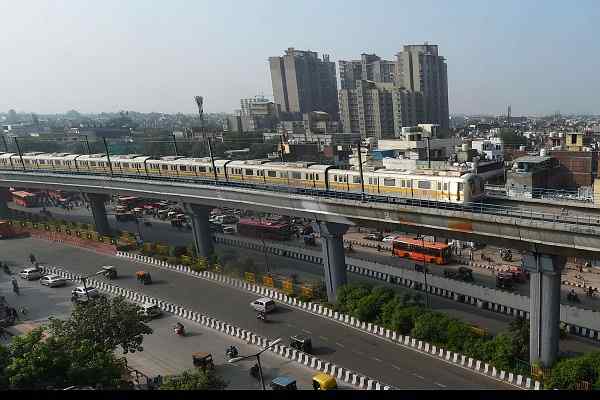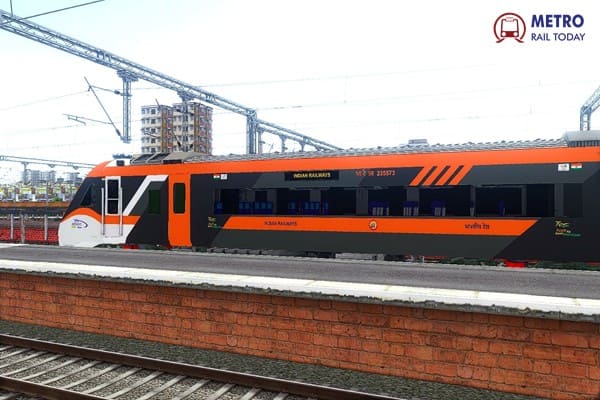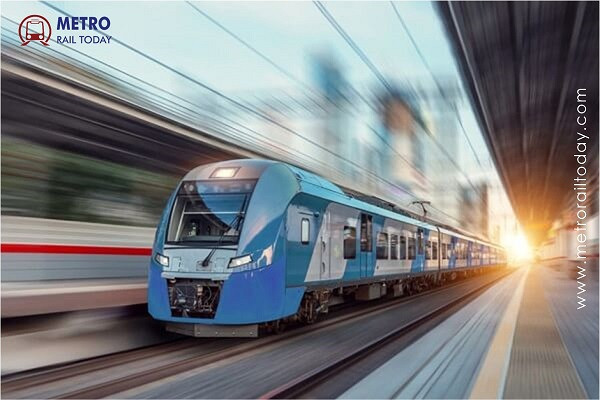 Hind Rectifiers acquires French Robotics Firm BeLink Solutions to strengthen Global Footprint
Hind Rectifiers acquires French Robotics Firm BeLink Solutions to strengthen Global Footprint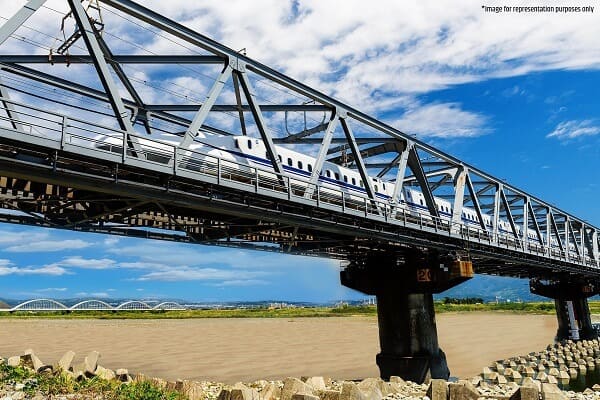 10th Steel Bridge launched on Mumbai–Ahmedabad Bullet Train Corridor in Ahmedabad
10th Steel Bridge launched on Mumbai–Ahmedabad Bullet Train Corridor in Ahmedabad Indore Metro conducts successful trial run on Yellow Line's Priority Corridor
Indore Metro conducts successful trial run on Yellow Line's Priority Corridor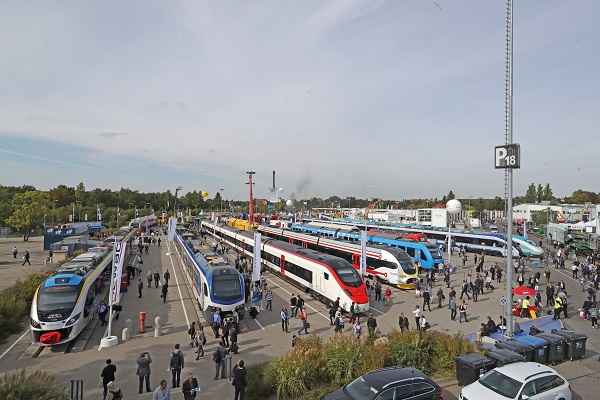 Germany launches National Initiative to Standardize Rolling Stock Fleet by 2030
Germany launches National Initiative to Standardize Rolling Stock Fleet by 2030 India’s First Bullet Train to begin Operations by August 2027: Railway Minister Ashwini Vaishnaw
India’s First Bullet Train to begin Operations by August 2027: Railway Minister Ashwini Vaishnaw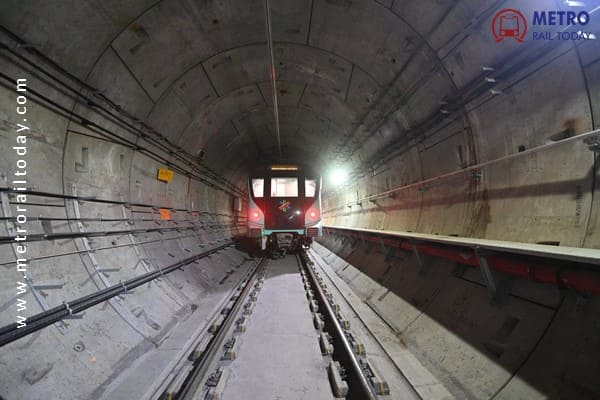 Leadership and Expertise behind the success of Mumbai Metro Line 3 (Aqua Line)
Leadership and Expertise behind the success of Mumbai Metro Line 3 (Aqua Line) NCRTC to appoint General Consultant for Delhi–Gurugram–SNB Namo Bharat Corridor
NCRTC to appoint General Consultant for Delhi–Gurugram–SNB Namo Bharat Corridor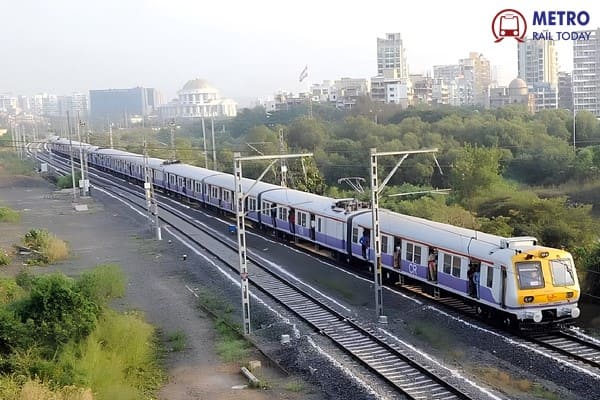 K-RIDE to float fresh civil tender after terminating L&T from Bengaluru Suburban Rail Project
K-RIDE to float fresh civil tender after terminating L&T from Bengaluru Suburban Rail Project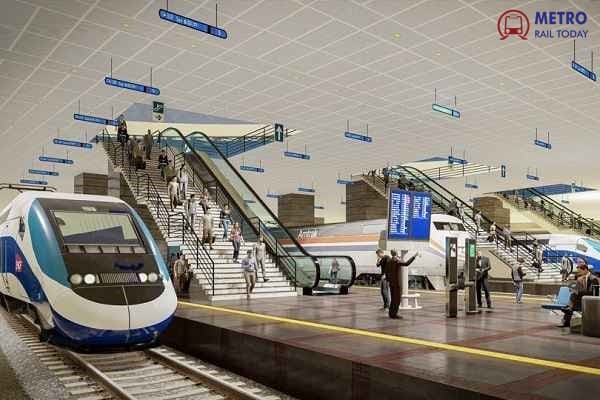 Airtel Business bags multi-year contract for Indian Railway Security Operations Centre
Airtel Business bags multi-year contract for Indian Railway Security Operations Centre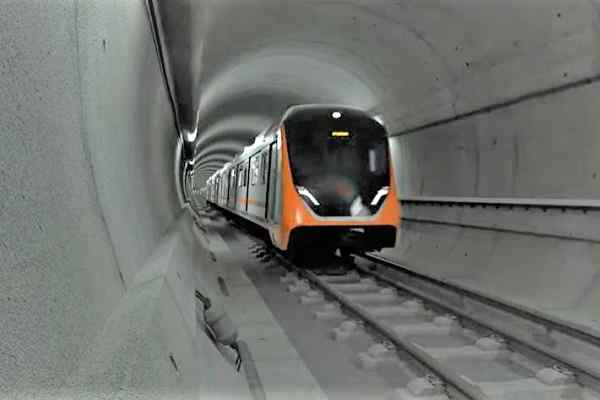 TBM Vidyarthi achieves Final Tunnel Breakthrough for Kanpur Metro Corridor 1
TBM Vidyarthi achieves Final Tunnel Breakthrough for Kanpur Metro Corridor 1
Mumbai's Railway Vision 2047: Expanding, Innovating and Improving Travel

In the bustling heart of Mumbai, a new chapter is being written for the city's suburban railway system, with transformative plans now taking shape. At the forefront of this evolution is Vilas Sopan Wadekar, Chairman and Managing Director of Mumbai Railway Vikas Corporation (MRVC). In an interview, Wadekar shared his insights into the much-anticipated Mumbai Urban Transport Project (MUTP), future plans for the city’s railway network, and the innovative solutions that are set to revolutionize Mumbai’s suburban travel experience.
The need for an updated and modernized railway infrastructure has never been more urgent, and the planning for this future is well underway. MUTP-4, which focuses on creating corridors for what is being referred to as ‘Third Mumbai,’ marks the beginning of this journey. The planning for MUTP-4 aims to expand the railway network, integrating new suburban routes with existing systems, and creating smooth connections to other modes of transportation, such as the Metro.
The Launch of MUTP-3B: A New Era of Connectivity
The current emphasis, however, is on MUTP-3B, an ambitious expansion that aims to completely overhaul the suburban network. The project promises to build a new local train corridor between Panvel and Vasai, following the existing route but introducing critical infrastructure improvements, including multiple rail flyovers. These will allow trains to seamlessly intersect with other rail traffic, such as those on the Dedicated Freight Corridor (DFC) and the Western Railway (WR) line. According to Wadekar, this project will mark a significant leap forward in easing the pressure on the crowded local train network, giving passengers faster and more reliable travel options.
“MUTP-3B is designed with the future in mind,” Wadekar said, detailing plans for new suburban lines that will connect Asangaon-Kasara and Badlapur-Karjat. These lines, he explained, would segregate suburban traffic from non-suburban lines, further improving the efficiency of the overall railway system.
Looking Ahead: MUTP-4 and Beyond
The future of Mumbai’s railway network is even more promising with the upcoming MUTP-4. Currently in the conceptualization stage, this project will focus on identifying new suburban corridors, a critical need for the city as it continues to grow. Areas such as Navi Mumbai, the Navi Mumbai Airport Influence Notified Area (NAINA), and other developing regions are expected to benefit from the introduction of local trains, linking them with the broader Mumbai network.
“Third Mumbai is a rapidly developing area, and it is essential that we extend our rail network to serve these emerging hubs. MUTP-4 is focused on that very goal,” said Wadekar. The plans include integrating local train routes with the upcoming Metro network, thus creating a seamless, multi-modal transport experience for Mumbai’s commuters.
But the plans don’t stop at just expanding the physical infrastructure. MUTP-4 will also focus on incorporating cutting-edge technology to further improve train operations. One such innovation is Kavach 5, the latest version of Communication-Based Train Control (CBTC). This system, when deployed on local trains, will reduce train headway and increase train frequency, offering a smoother and more efficient travel experience for passengers.
Addressing Challenges: Safety and Flooding Solutions
Wadekar also highlighted some of the more challenging aspects of Mumbai’s railway network. The persistent issue of flooding during high-tide conditions has long plagued the city’s railway tracks, causing delays and disruptions. To tackle this, the MRVC is exploring Japanese underground holding pond technology that can store millions of liters of water, preventing flooding on tracks during monsoon season.
Furthermore, the Mission Zero Deaths initiative remains a priority, with a focus on ensuring safety and comfort for passengers. By reducing overcrowding—aiming for a maximum of 300 passengers per coach instead of the current 500—Wadekar emphasized that the aim is not only to modernize the network but also to enhance the overall commuter experience.
The AC Local Train Project: A Milestone for Comfort
Among the many transformative projects, the AC local train project stands out as one of the most eagerly awaited. As part of the ongoing efforts to modernize the suburban system, the Railway Ministry is working to bring these trains to Mumbai, with work set to begin soon after final approvals. Wadekar explained that the trains would be produced and maintained through a manufacturing-cum-maintenance model, ensuring a steady supply of rakes to meet the demands of the expanding network.
“The project will address the need for both AC and non-AC rakes, creating a 40:60 ratio. It’s important to dispel the misconception that the entire fleet will be AC,” Wadekar clarified, stressing that the fleet will be designed to cater to a wide variety of commuter needs.
Completing Ongoing Projects: Priorities for the Next Few Years
As for the ongoing projects, Wadekar is optimistic about their progress. “We are prioritizing the completion of the Karjat-Panvel line and pushing ahead with the Virar-Dahanu quadrupling project,” he said. These projects, along with the work being done under MUTP-3 & 3A, are on track for completion in the next three to four years, marking a significant leap forward for Mumbai’s suburban railway system.
Looking to the future, the vision for Mumbai’s suburban railway network is one of growth, modernization, and safety. With critical projects like MUTP-4 set to change the landscape of urban mobility, and cutting-edge technology being integrated into the system, Mumbai’s railway network is on the verge of a transformation that will provide a seamless, efficient, and sustainable travel experience for millions of commuters. Under the leadership of Vilas Sopan Wadekar and the efforts of the MRVC, the dream of a modern, interconnected Mumbai is quickly becoming a reality.
